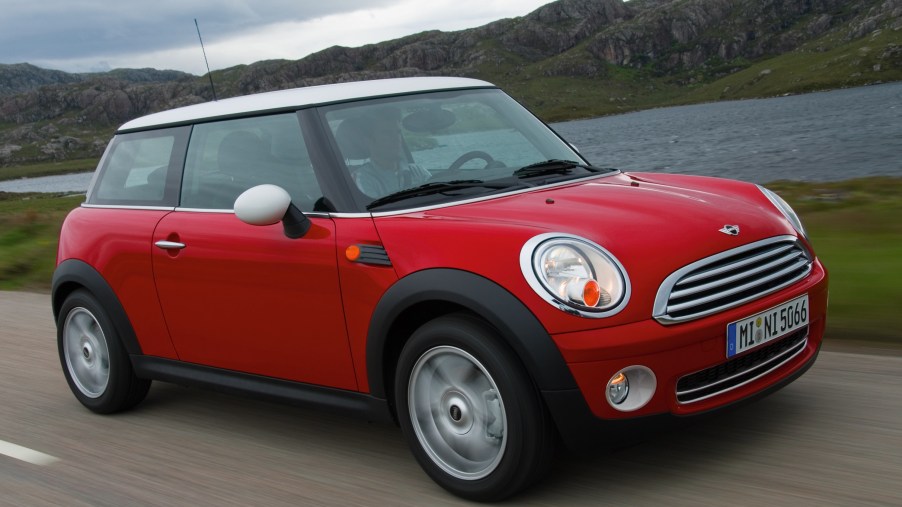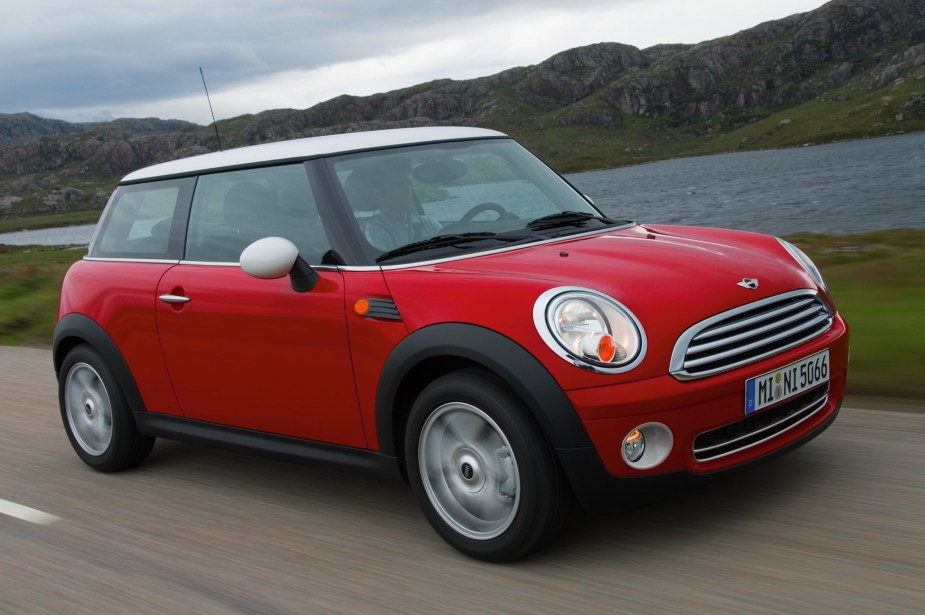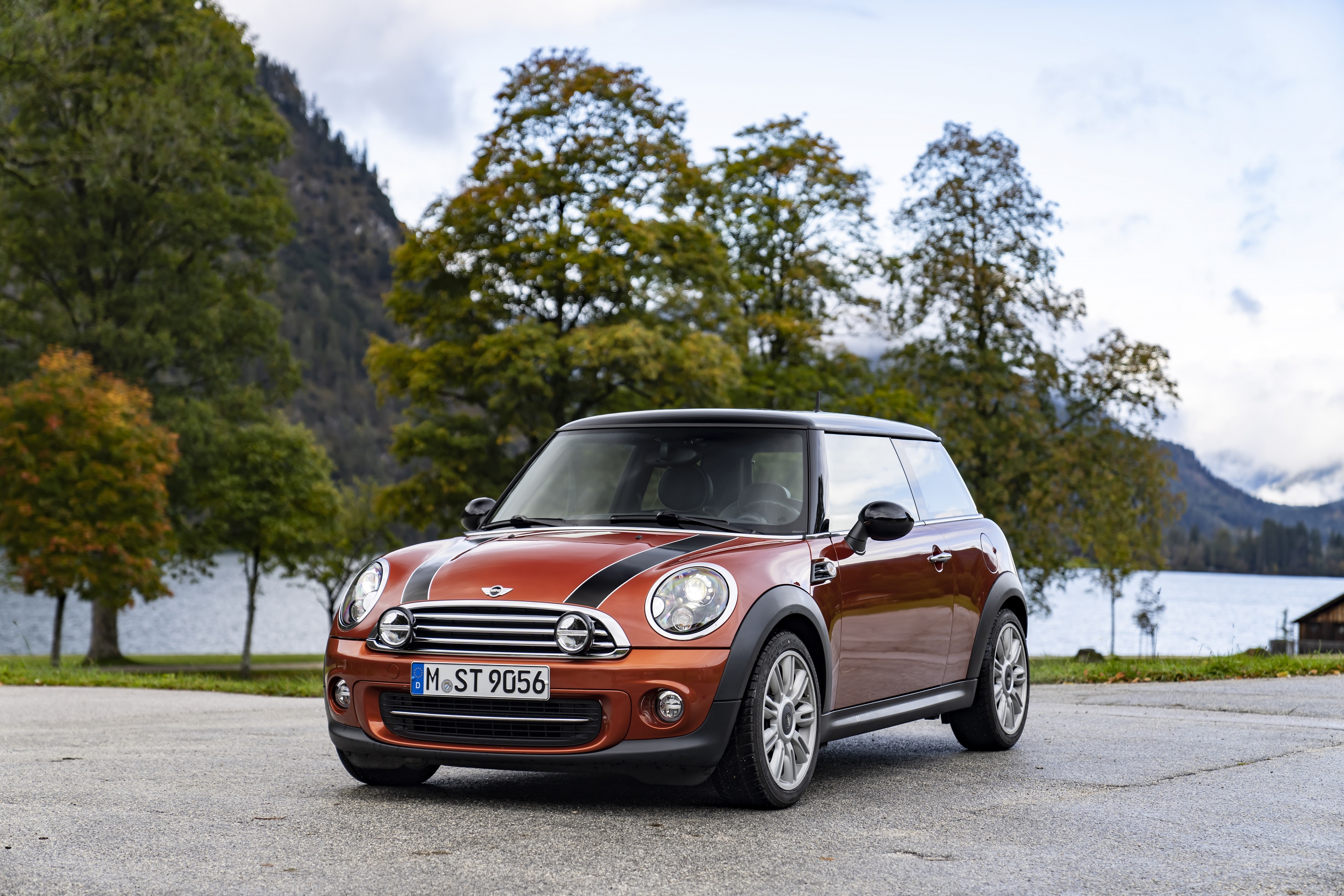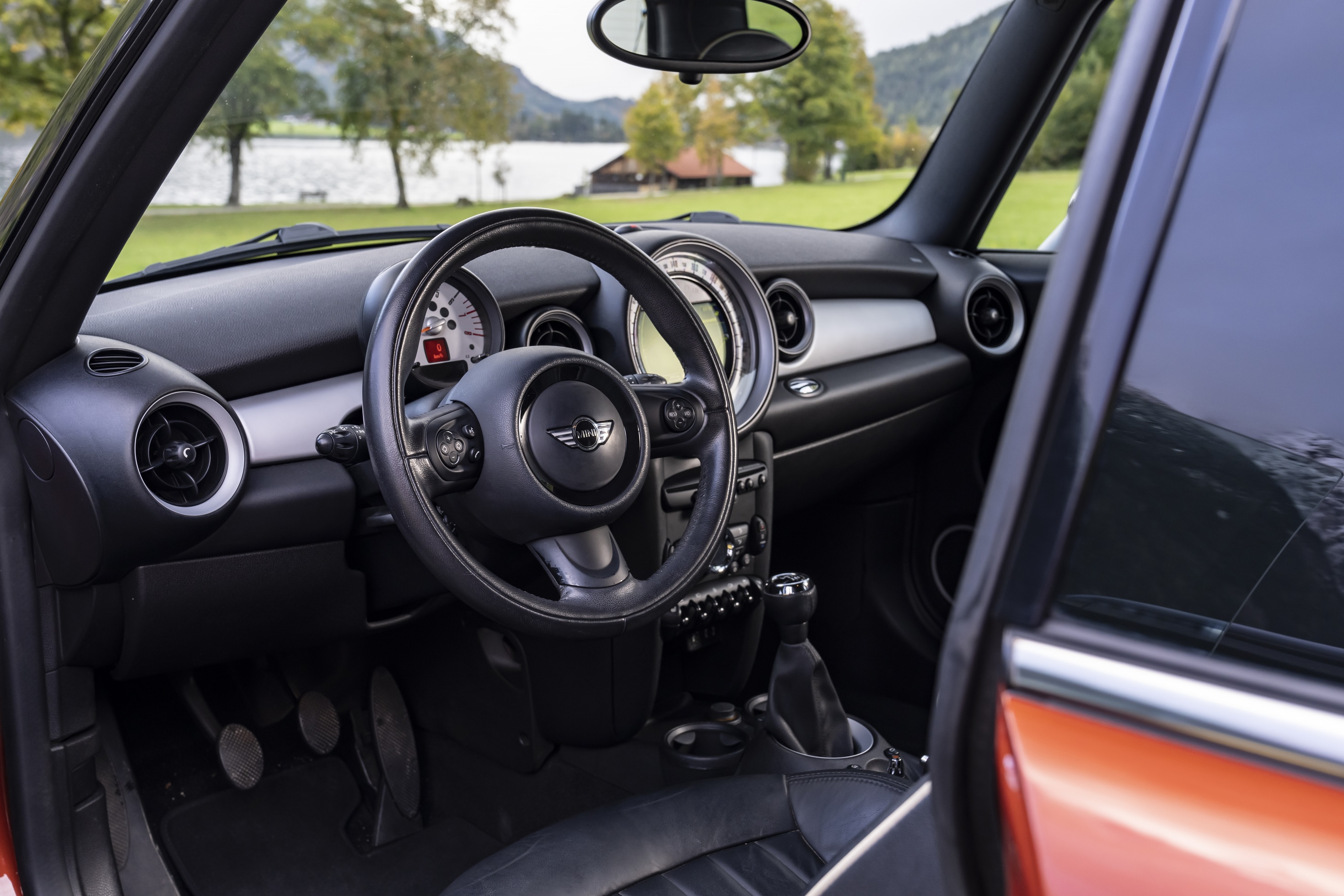
Is a Used 2007-2013 R56 Mini Cooper Reliable?
Used 2007-2013 R56 Mini Cooper reliability article highlights:
- The R56 Mini Cooper is larger than the preceding R50, but it’s also faster, lighter, more refined yet just as much fun to drive
- Used 2007-2013 Mini Coopers don’t have CVT problems, but they still have issues with oil consumption and carbon buildup as well as some cooling and electrical problems
- In general, the 2011-2013 cars are more reliable, with the 2013 Mini Cooper being the most reliable base R56
If you want the fun and style of a new Mini Cooper at a more affordable price, used ones make great alternatives. But while Mini reliability has improved over the years, older models’ reputations are often spottier. And some of the most notorious model years are part of the R56 Mini Cooper generation. However, are the R56’s issues deal-breakers, or can you tackle them and end up with a stalwart hatchback?
The 2007-2013 R56 Mini Cooper is bigger, faster, and more refined than the R53

| 2007-2013 ‘R56’ Mini Cooper | |
| Engine | 1.6-liter ‘N12’/’N16’ four-cylinder |
| Horsepower | 118 hp (2007-2010, N12) 121 hp (2011-2013, N16) |
| Torque | 114 lb-ft |
| Transmissions | Six-speed manual Six-speed automatic |
| Curb weight | 2521 lbs |
| 0-60 mph time | 7.7 seconds |
When BMW introduced the second-gen modern Mini Cooper, the R56, some brand faithful were initially dismayed. The 2007-2013 Mini is slightly narrower than the earlier R50, but it’s also longer and has a higher beltline. And some didn’t like the changeover from hydraulic to electric power steering. However, any dynamic doubters quickly changed their tune once they got behind the wheel.
Although the R56 Mini Cooper is longer than the R53, it’s actually slightly lighter. Furthermore, it has a more powerful engine and a six-speed manual rather than a five-speed. Also, Mini ditched the R50’s problematic CVT and replaced it with a true automatic. As a result, the R56 is faster than the R53.
In addition, even with its larger dimensions, the 2007-2013 Mini Cooper still handles like that old go-kart cliché. Plus, its redesigned—and lighter—suspension delivers a more supple ride. But for those wanting sharper reflexes, the R56 offered a Sport Suspension Package with stiffer shocks, springs, and sway bars. Regardless of the suspension choice, though, the quick power steering still had a decent amount of feedback.
Besides speed, the R56 Mini Cooper also improved on the R50’s interior quality. It’s less rattly, for one, and has better ergonomics, materials, and switchgear. It hasn’t lost its retro-style charm, though. However, the quirkiness now comes with more technology. Emergency braking assistance was standard in 2007, while stability control and hill assist became standard in 2009. And by 2013, even the base Mini offered LED taillights, Bluetooth, iPod connectivity, and USB ports.
What kinds of problems do used R56s have?
As noted earlier, the R56 Mini Cooper eliminated some of the R50’s problem areas. The second-gen Mini’s automatic, for example, is significantly stouter than the first-gen Mini’s CVT. Also, used 2007-2013 Mini Coopers are less prone to interior rattles. However, some issues can still crop up.
Firstly, like quite a few other BMW products, the R56 Mini Cooper can have cooling-related problems. Its plastic thermostat housing is prone to cracks and failures, for example, due to its exhaust proximity, FastCar says. The electric water pump can also fail over time, 1AAuto notes, and was even recalled because circuit board failures could cause fires.
Secondly, used 2007-2013 Mini Coopers have a variety of oil-related problems. For one, they tend to leak oil from a variety of locations, including the valve cover gasket, main seals, and head gasket. Though to be fair, some of this is simple age rather than poor design.
Also, although they don’t burn oil quite like their turbocharged Cooper S counterparts, R56s are prone to high oil consumption. Plus, the oil pumps on earlier N12-engined models have a higher failure rate. Furthermore, if an R56 runs low on oil or runs too long without an oil change, its VANOS variable valve timing system starts acting up.
In addition, because the R56 Mini Cooper has direct injection, used ones often have carbon buildup on their valves. These hatchbacks are also prone to ignition coil failure and the start-stop system can act up over time. And while electrical problems aren’t common, the A/C evaporator and sunroof mechanisms are expensive to fix if they break, FC reports.
Are used R56 Mini Coopers reliable?


So, do these problems mean used R56 Mini Coopers aren’t reliable? Not necessarily. Keep in mind that ignition coils, gaskets, and seals are wear items that eventually need to be replaced. Also, carbon buildup is a common occurrence on virtually all direct-injection engines and it’s fixable. Plus, a good pre-purchase inspection will catch these and other issues. And many of the original failure-prone parts have tougher modern replacements.
But if you’re still worried about mechanical headaches, avoid the earlier R56 models and get one with the N16 engine. A used 2011-2013 Mini Cooper is generally less problematic than a 2007-2010 one, provided it’s been maintained properly. It also has a more robust VANOS system. And if you want maximum peace of mind, stick to the 2013 model year.
Follow more updates from MotorBiscuit on our Facebook page.


